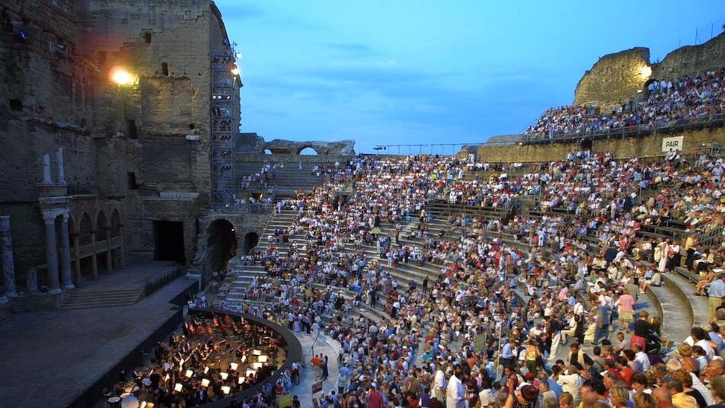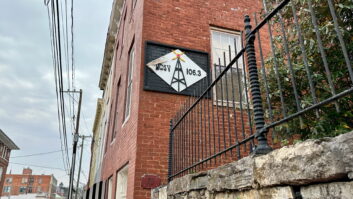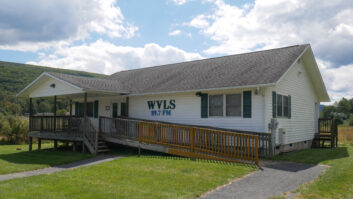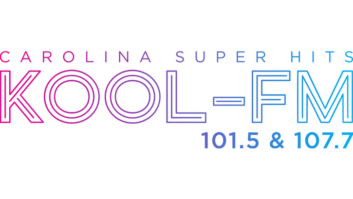The author is head of Music for the European Broadcasting Union. Radio World invites industry-oriented commentaries and responses. Email [email protected].
The many challenges faced by artistic programming and performances during the past 18 months are well documented but cannot be overstated. It has quite simply been a devastating time for the creative sector and the subsidiary industries that work within or closely with it.
Performing arts, live music, festivals and cultural programming have all been hit hard by the acceleration of the pandemic and the necessary measures to suppress it, from social distancing to national lockdowns. It was tempting to speculate whether we — and our sector — would ever regain lost ground. B
ut, after multiple cancellations during 2020, I’m glad to see the green shoots of recovery, with welcome returns for some of the world’s greatest concerts and festivals. It is essential that this recovery continues and be supported.
[Read: EBU Finds That Radio Is in the Air]
Live and recorded music is central to radio programming. Every year, our Music Exchange delivers 3,000 concerts, which means 20,000 broadcasts from approximately 770 venues across a range of genres and sounds, from folk, jazz, rock and pop to classical and dance.
During the summer months of 2021, we’ve been able to offer our audiences 240 concerts, from 77 festivals through 28 public service media organizations.
As well as the big beasts such as BBC Proms, the well-known festivals at Salzburg, Lucerne and Bayreuth, EBU members have contributed a range of unique concerts including a juxtaposition between Eastern and Western music from Granada in celebration of Jordi Savall’s 80th birthday; Philippe Jordan’s farewell concert from the Paris Opera; and a rare performance of music history’s first opera, Cavalieri’s “Rappresentatione di Anima et di Corpo,” from Utrecht, Netherlands.
Through our networks members, these national events are shared internationally for the benefit of audiences everywhere. Not everyone can get to the major cities for these big moments so radio broadcasting really does open up music to all, it is a public space in itself.

David Pickard, director of the BBC Proms, told us recently, “Our close collaboration with the EBU brings audiences and territories we can reach further and further afield. So many countries right across the world can hear this amazing concert series in their own homes due to the power of public service broadcasting.
This year, the Proms will be more important than ever at a time when musicians have suffered so much during the pandemic, to have the opportunity to perform again and to reach those huge audiences is going to be incredibly important both for them and for the future of music in our post-pandemic world.”
Case studies show that the range of music played on public service media is wider than on commercial channels. PSM outlets offer opportunities for new artists to get their material heard and enable audiences to experience – and discover — a diverse range of content.
These are just some examples from our members:
- Thanks to Belgian public broadcaster, VRT, 25,755 songs were played on Belgium’s national radio in 2020. That’s 72% of all songs. Again, VRT were responsible for showcasing 10,790 artists on national radio in the same year, accounting for 68% of different artists.
- According to the Centre National de la Musique’s report about diversity in radio in 2020, at least 38% of unique tracks played by French radio stations are only played by Radio France.
- And, in the U.K., analysis of RadioMonitor data found the four BBC ‘pop’ stations — R1, R2, 1X and 6 Music — played an average of 14,216 different tracks across 2020, compared to 2,279 on average for 10 key commercial comparators (all hours).
This commitment to an enriched listener experience is enhanced by expert curation, tailoring content to local audiences and the local music scene. Music journalism helping artists promote their music and concerts to build audiences. Multiple platforms — on-air, online, on stage, podcasts and video — providing listeners with convenient, engaging listening experiences. Educational and cultural programming providing context and analysis of music, songwriters, composers and performers.
It is right that PSM, funded in their unique way, should take risks and showcase content capable of stimulating creativity, and support national musical life. And, for us at the EBU, it is critical that cultural events produced and/or recorded by EBU Members can be shared on an international basis.
Because culture is vital for promoting well-being and increasing social inclusion and equity. After the recent debilitating months, we need that connection more than ever.
We’re hopeful that the creative industries will be back to full strength and we look forward to sharing with you, our audiences, the very best of their work that ultimately brings us all closer together.







